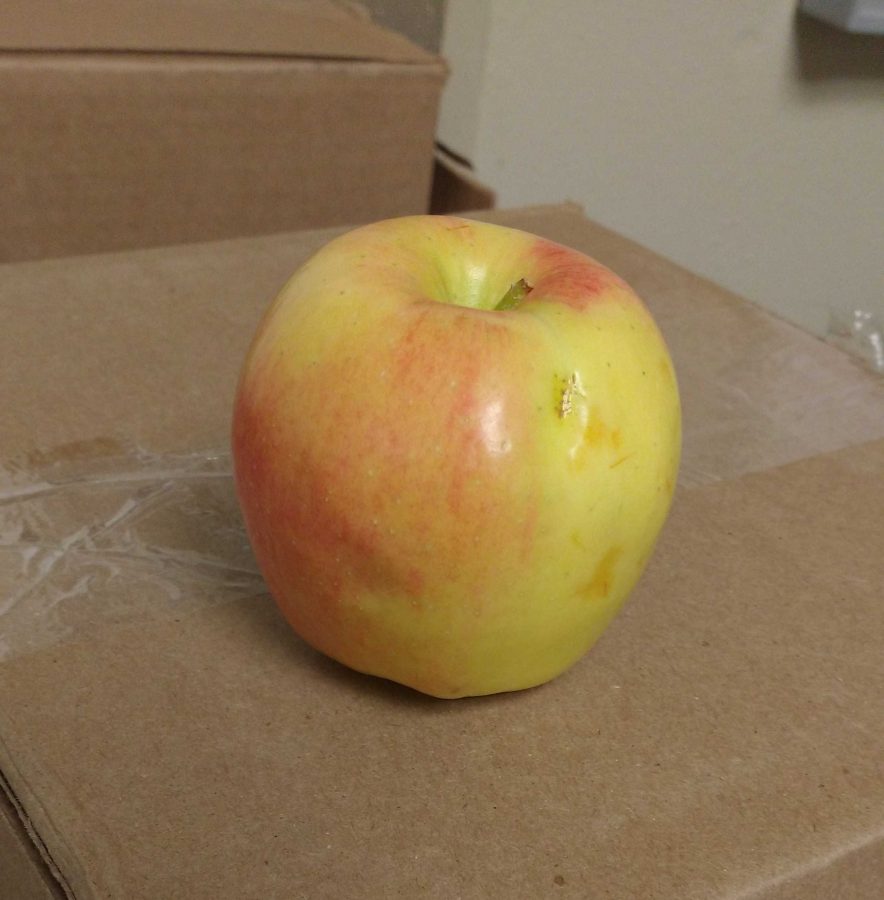Why canned food drives should not be promoted
Canned food drives throw away most canned foods especially fruits and vegetables. This raises concerns about the diet of people who get food from charitable organizations. Donating money rather than cans would solve this problem.
December 11, 2015
Hunger is a significant problem in countries all around the world. The United States often tries to solve this problem with canned food drives, but this is a terrible solution.
There is a reason why out of 196 countries around the world, only the U.S. is the one so enthusiastic about canned food drives. The primary reason that other countries do not promote canned food drives lies in the fact that they are far from being efficient.
A lot of waste occurs due to canned food drives. According to a survey done by a nutrition education program in the U.S., food pantries throw 47 percent of donated cans away because they are often considered unusable.
Charitable organizations and the food industry have set up mechanisms through which emergency food providers can get their hands on surplus food for a cheaper amount.
The Centers for High Impact Philanthropy at the University of Pennsylvania estimated that charitable organizations can buy a pound of food costing two dollars in retail for around ten cents.
There are health concerns for canned food drives as most donated canned foods does not meet basic nutritional standards.
Greg Bloom, a development assistant at Bread for the City in Washington, D.C., told The Slate Group, “For a long time we just basically kept politely quiet about the fact that food drives weren’t as helpful as people assumed.”
If canned food drives are a terrible solution, what should people donate?
Genevieve Riutort, a chief development officer of a website food bank, told TruTV, “The truth is that the best way to help a food bank is to donate money.”



![Mock Trial members from Gold and Green team last year pose for a picture in front of the OCLRE building in Columbus. "We all put in so much work [last] year. I know [this] year we’ll come back improved and ready to win!” said Ogunbodede.](https://shsleaf.org/wp-content/uploads/2025/10/IMG_4121-300x205.jpg)



